Cooking is not just a skill that enables you to create delicious meals tailored to your unique tastes, it’s also an art form that can be incredibly rewarding and enjoyable. However, many people shy away from cooking beyond breakfast eggs, fearing that they may make mistakes without even realizing where they went wrong. The good news is that understanding common cooking principles can help prevent most of the common mistakes. Whether you’re a novice or a seasoned kitchen enthusiast, you can use this guide as a checklist to help you stay on track or as a clear culinary compass guiding you through the basics and beyond. Let’s dive in!
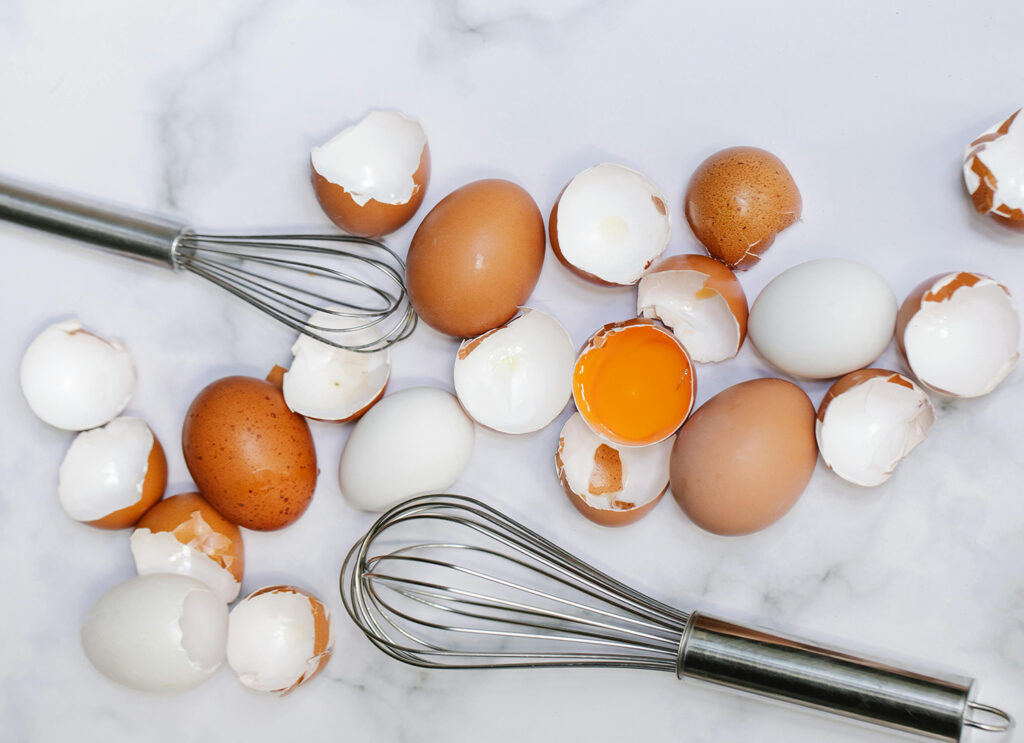
1. Be realistic when picking the recipe to cook
Remember your first attempts at baking? I certainly remember mine with bleak macaroon cookies resembling colored pancakes! The lesson? Be wise and start with something within your skill level and available ingredients. Picking a recipe that uses familiar products ensures a successful and tasty outcome.
What to do:
Though it may be very tempting to try and recreate a fav restaurant dish or dessert, just be honest with yourself, answering the question of whether the dish’s complexity matches your current cooking level, and if the answer is “not quite” – consider saving such ambitious attempt for later. Similarly, be reasonable when evaluating the ingredients’ availability. Going for an exotic recipe, then skipping half of the ingredients and replacing the other half with some local analogs, will result in a completely different outcome – not to the better taste, of course. In this case, it is best to pick a recipe with 100% familiar products you can be sure of and easily get them in local supermarkets or start any recipe by checking the availability of the ingredients first.
2. Read the Recipe Thoroughly
Think of recipes as roadmaps. Understanding the path before embarking ensures a smoother journey. Ever skipped ahead only to realize you missed a crucial step? We’ve all been there!
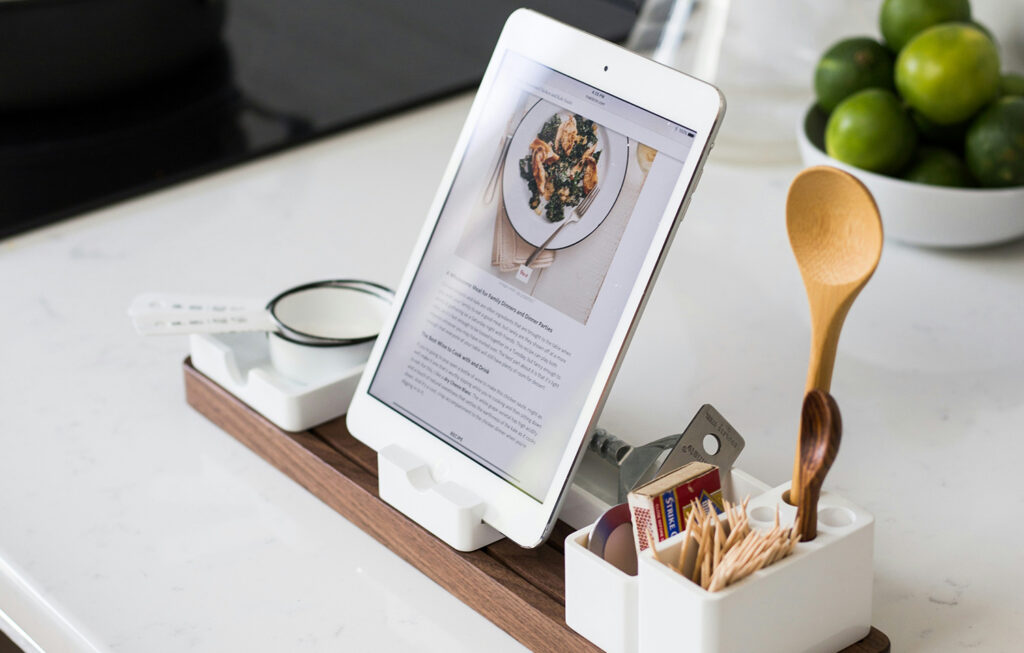
What to do:
Before you begin, carefully read the entire recipe from start to finish, including the recommendations and notes. My advice would also be to read several recipe versions from different sources until you feel fully comfortable starting. This will give you enough instructions and a clear understanding of the cooking process to cover any possible white spots, helping also allocate the right amount of total time required and avoid surprises later on.
3. Prep Before Cooking
Want to prevent those “Oh no, I forgot the garlic!” moments? Chop, measure, and organize. Prep work pays off.
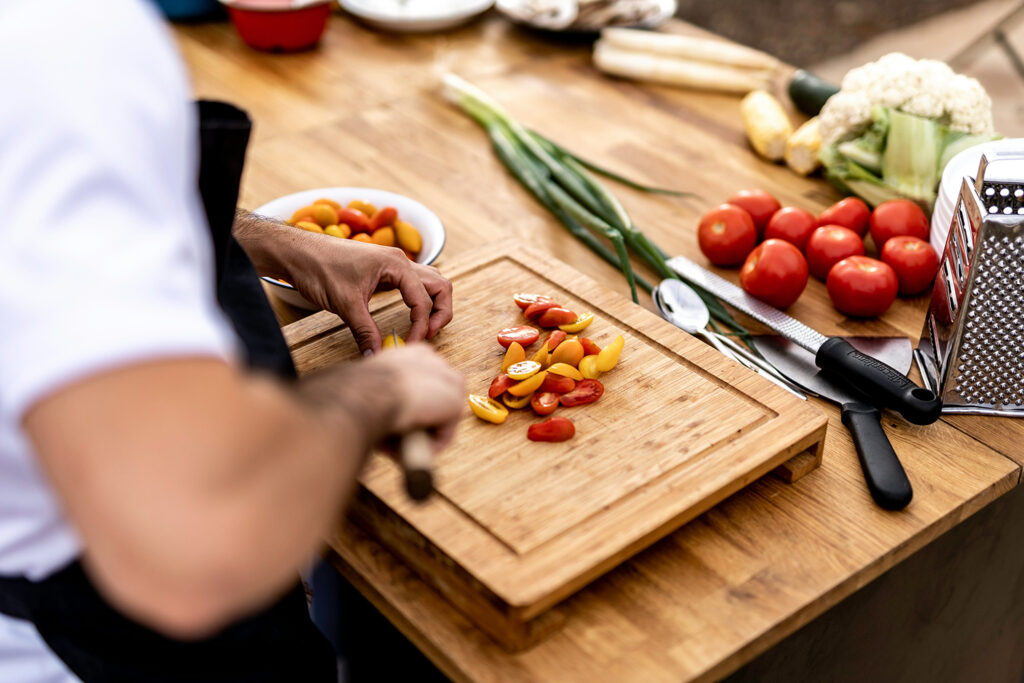
What to do:
Prepare all your ingredients before you start cooking. This includes chopping, measuring, and having everything within arm’s reach. Being organized saves time and reduces the chances of mistakes. Imagine a chef on a cooking show – all the ingredients neatly arranged in small bowls, ready to be added to the pan or pot as needed. Though I don’t encourage you to arrange the small bowls of everything in advance – checking in on your stocks and making sure you don’t miss an essential ingredient halfway into the recipe – would do the job. This is the essence of prep work.
4. Use the Right Tools
Ever tried flipping a pancake with a fork or decorating the cake with a spoon instead of a piping bag? Trust me, it doesn’t end well. Using the right tools is crucial for the recipe’s success.
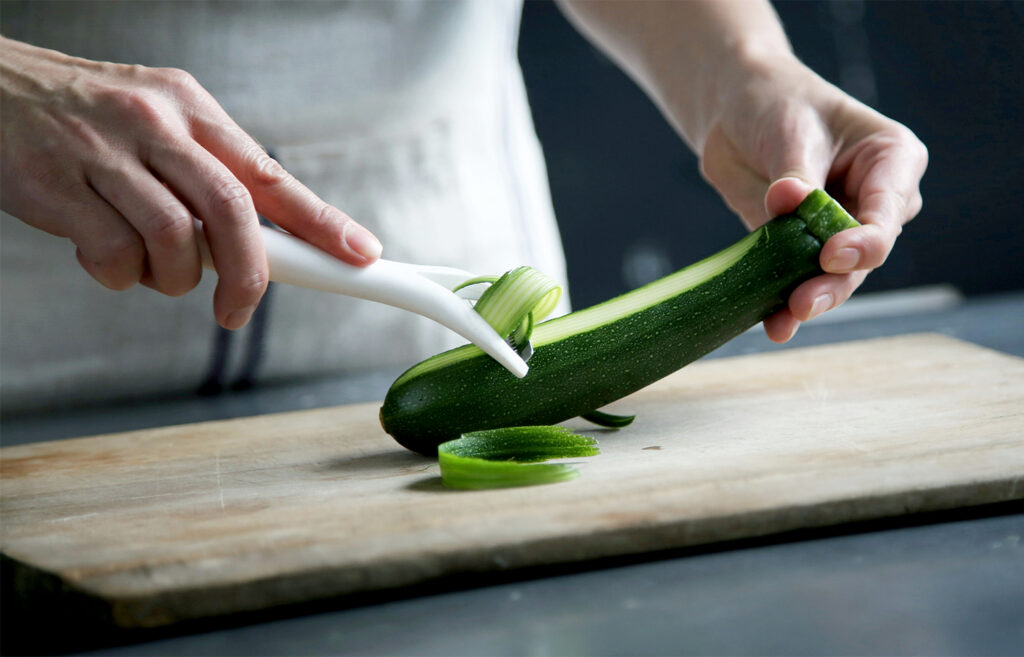
What to do:
Ensure you’re using the appropriate cookware and utensils for the recipe. Using the wrong tools can lead to uneven cooking or even accidents. Different dishes require different equipment – from non-stick pans for delicate omelets to cast-iron skillets for a perfect sear on a steak. The specific tools are mentioned there for a reason, so make sure you have the right ones for the job. If not, perhaps consider switching the recipe or be ready for a different outcome.
5. Follow Measurements
A tablespoon of salt instead of a teaspoon can lead to a culinary disaster (Most of us learn this the hard way!). Precision is key, especially in baking.
What to do:
Pay close attention to measurements, as many recipes rely on chemical reactions or tasting semitones for success. If you don’t have an eye for such things yet, consider investing in measuring cups and spoons and food weights to ensure accuracy and also be careful with interpreting values from international measurement systems.
6. Season Gradually – Taste and Adjust
Ever over-salted soup? It’s a rite of passage. Remember, you can always add more salt, pepper, or spices, but it’s impossible to remove them once they’re in the pot. Adding more seasoning later is easier than fixing an overly salty or spicy dish.
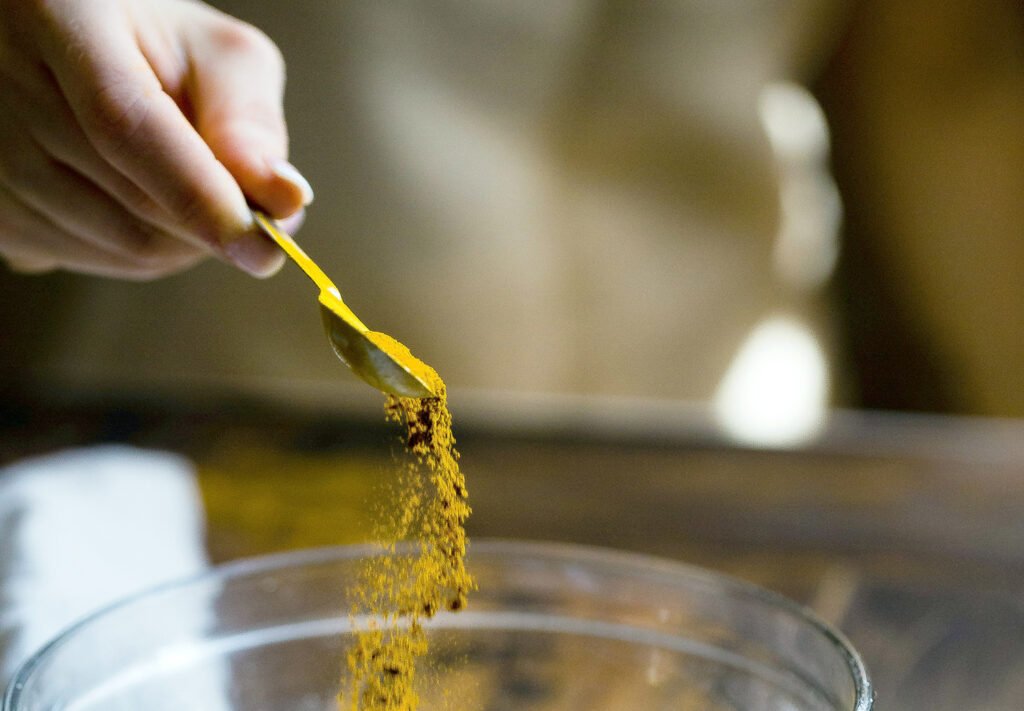
What to do:
Season gradually and taste as you go. Particularity when it comes to spiciness, sugars, or acids – be equally careful with anything with a strong flavor and start with small amounts to make sure you can stop when needed. This will help ensure your dish turns out just right. The act of tasting and adjusting is what separates great cooks from good ones. Do not neglect to listen to your gut feeling either – if the amount of salt or sugar in the recipe just doesn’t feel right – chances are it is not (well, at least not to your taste). People tend to have different tastes, and sometimes you’d feel like stopping before the amount of salt or sugar stated in the recipe is met. Keep this in mind, and don’t skip the tasting step. Develop your palate and trust your senses.
7. Control Heat
Mastering heat is like taming a wild beast – crucial for the perfect sear or simmer. Adjust temperature wisely to avoid culinary catastrophes.
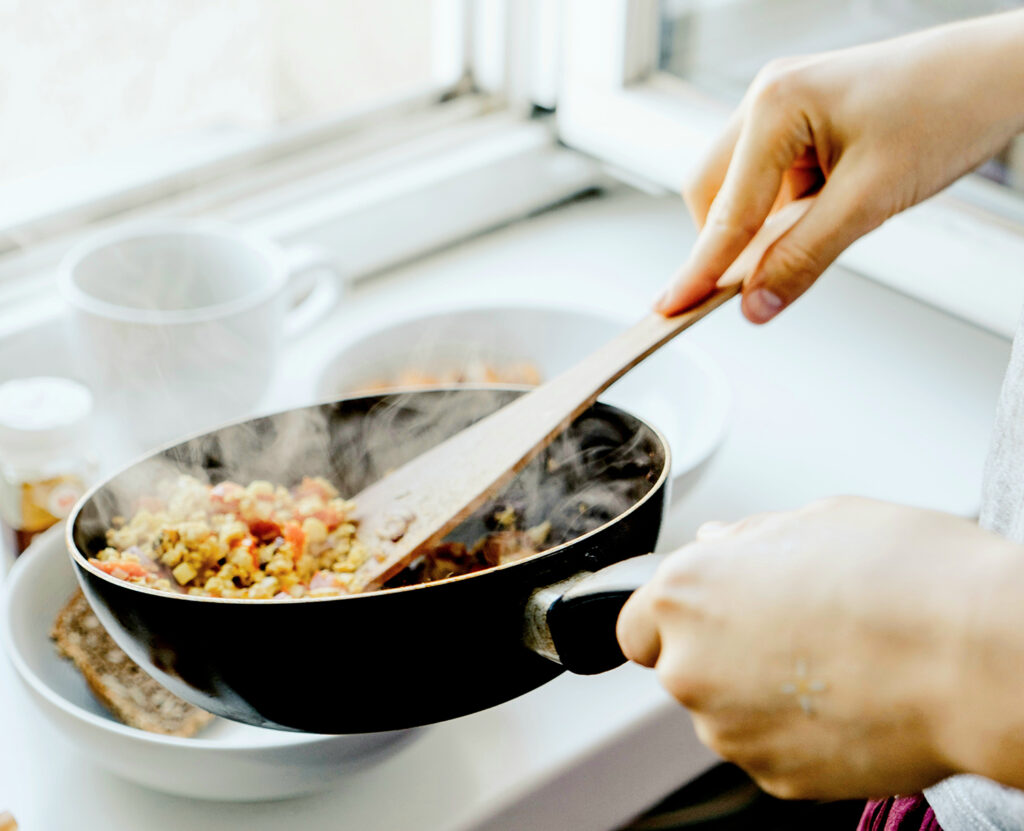
What to do:
Different cooking techniques require different heat levels. Low and slow for braising, high heat for searing – mastering this skill is key to achieving perfect results. Understand how easy it is to control heat sources for your stove, adjust the temperature as needed to avoid burning or undercooking your food, and don’t neglect the heating recommendations in addition to cooking time, as within the same time frame, you may easily end up with a stew instead of a soup or vice versa. I highly recommend checking on the dish more frequently during your first cooking attempts or when cooking on an unfamiliar stove, i.e. at your friends’ or your partner’s.
8. Avoid Crowding the Pan
Overcrowding leads to steaming instead of browning. This can easily be overlooked, resulting in dry, juiceless stakes or soggy vegetables instead of a stir-fry.
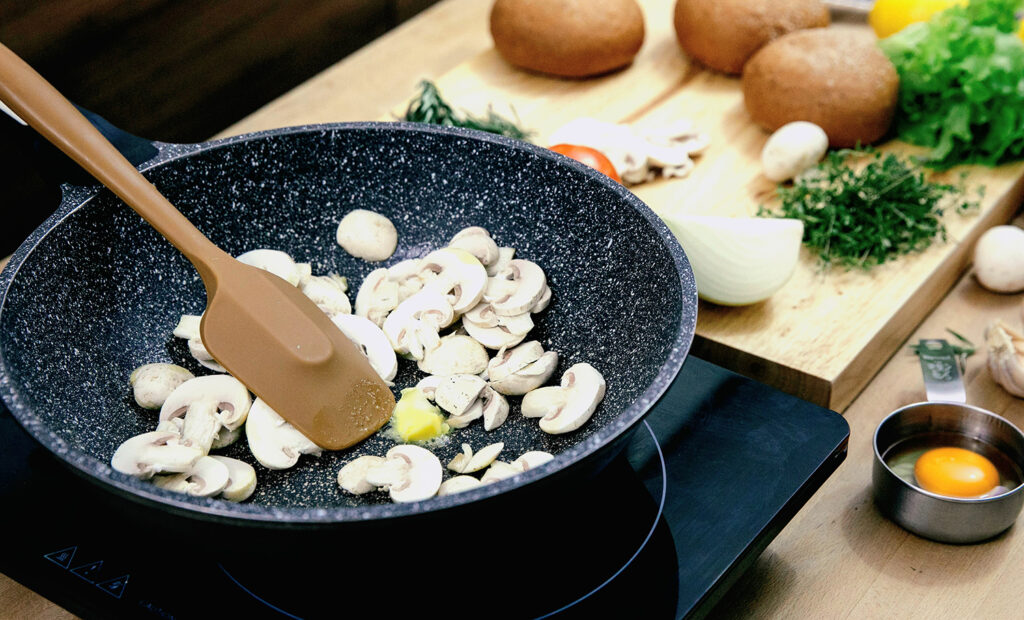
What to do:
Avoid overcrowding the pan by all means when it comes to browning or stir-frying. Leave enough space between ingredients to allow proper heat circulation. The food releases moisture when you overcrowd a pan, causing it to steam instead of brown. This results in the absence of the desired crust, less flavor, and a less appealing texture. If you are cooking for a crowd and have doubled or tripled the recipe, you may end up having plenty for your pan size. In this case, do the frying in a few batches, one after the other, leaving the ready ones to wait for the remaining portions before you proceed to the next step. Though this may seem daunting, take this step seriously. On a separate note, keep in mind the heating times for your pan when frying. Don’t rush putting ingredients on a cold pan, as the result may be similar to overloading.
9. Use a Timer and Thermometer
Time in the kitchen may fly, especially when performing multiple steps simultaneously, e.g., boiling the pasta and simmering the sauce. Here, timers are like that friend who reminds you not to forget your keys. And for meat – ever wondered how to get to that perfect medium-rare? The answer is – the right thermometer is your best bet.
What to do:
Set a timer to help you keep track of cooking times. It’s easy to get distracted, and overcooking can ruin a dish. A timer is your guarantor in the kitchen, ensuring that you don’t forget about your culinary creations. Alternatively, for larger chunks of meat, poultry, or fish – it is safer to use a cooking thermometer with an alarm that you can leave in to make sure you get your dish ready to the exact degree of doneness you like. Since ovens are different, as are the chunks of meat you cook – it is safer to use a thermometer than a simple timer – for a more precise measurement and better juicy outcome. Check the table of cooking temperatures for different products as your guide to the perfect target temperature.
10. Patience is Key
Good things take time while rushing slow-cooked dishes, neglecting the resting time for meat or cooling times for deserts or starters can lead to mistakes and may even put all your previous efforts to waste if the dish on your plate comes up half-done. Relish the cooking process – it’s part of the joy!
What to do:
Cooking often requires patience. Give your food the time it needs to cook properly. A slow-cooked stew or a perfectly roasted chicken takes time, but the end result is well worth it. In a similar manner – don’t rush into serving a dish if it is designed to rest for a certain time before serving. For example, allow cooked meats to rest before slicing. This lets the juices redistribute and results in a juicier, more flavorful dish. For cold appetizers or desserts, always take into account the recommended cooling time they need to chill in the fridge before serving. If the dish should cool overnight, cooking it on the same day and serving immediately would most certainly lead to a tasting disappointment.
What if something went wrong?
We’ve all faced kitchen challenges, yet, the stress level elevates when you cook for important events or very demanding guests, e.g. business partners or even mother-in-law you’d like to impress. In cases like that, even simple moves may get out of hand, and the panic might take over.
Stay Calm and Ask for Help
When something goes wrong, take a deep breath, find a way to calm yourself down with the technique that works for you, and then think about how to remedy the situation. Even experienced chefs encounter challenges in the kitchen. The ability to stay composed and find solutions is a hallmark of a great cook. If you’re unsure about a cooking concept or technique, don’t hesitate to seek advice from cooking forums or cooking apps. The culinary world is vast, and however long you are on this journey – there’s always something new to learn. Hence. don’t be afraid to reach out for guidance or share your experiences with others. Sometimes, a quick search or a call to a friend or your mom can save the day.
Key takeaways
By mastering the fundamental cooking basics outlined in this guide, you’re better prepared to embark on this adventure. Whether you are starting to cook or getting to the next level of dish complexity, don’t be discouraged by mistakes. They are valuable learning experiences. Analyze what went wrong and use it to improve your skills. Cooking is an art, and like any art form, it’s open to interpretation. Once you’ve learned from all the mistakes and mastered the basics, don’t be afraid to add your personal touch to recipes.
Also, remember that cooking is not just about the end result; it’s also about the journey that can be a deeply satisfying and fulfilling experience. Embrace the joy of creating and savoring your homemade meals. Whether you’re preparing a simple weeknight dinner or an elaborate feast, enjoy each step. Share your creations, savor the flavors, and most importantly, have fun!
With practice, your culinary prowess will flourish, and you’ll find yourself not only preparing delicious dishes but also experiencing the true artistry of cooking. So, roll up your sleeves, put on that apron, and let the magic of the kitchen unfold before you. Happy cooking!

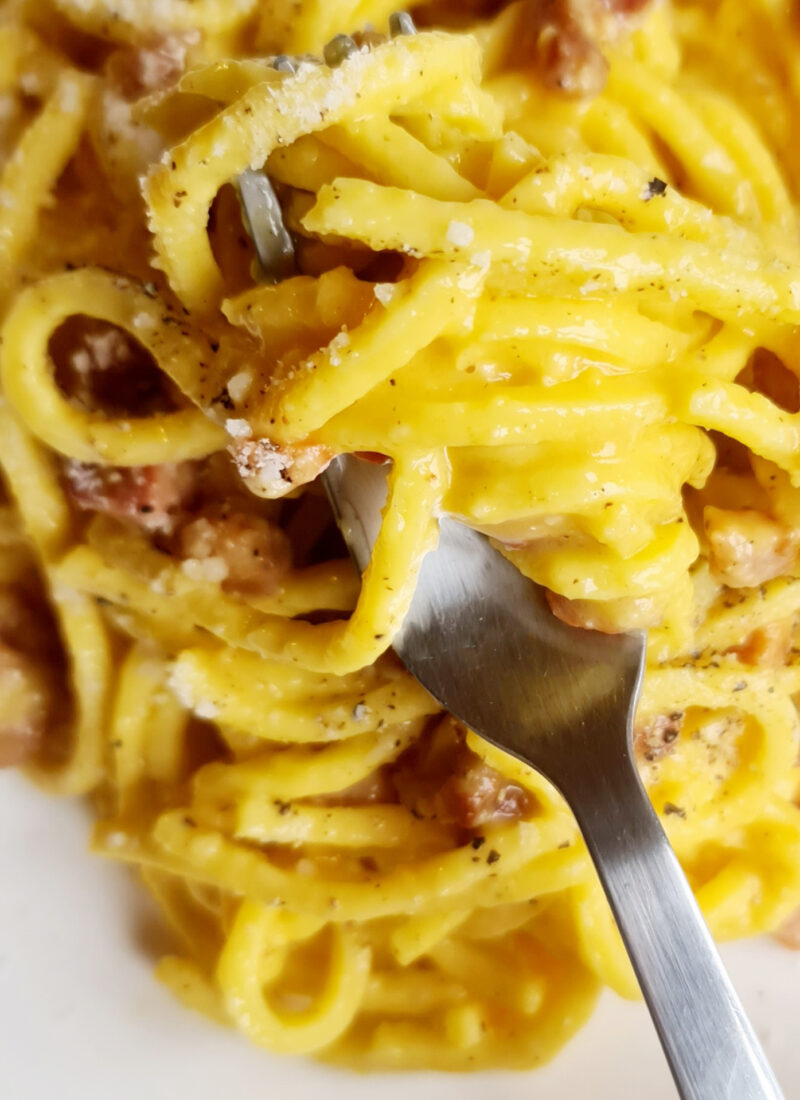



Leave a Reply